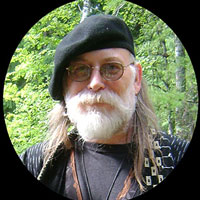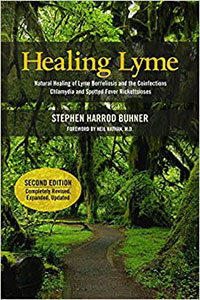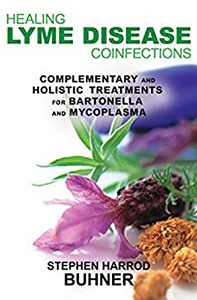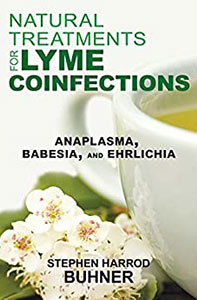Dear Stephen,
As a relapsing, antibiotic-taking lymie, I am now thrilled to be on your herbal protocol and it is really taking care of my symptoms…. particularly brain fog and tinnitus (and my skin). I am noting that andrographis and cat’s claw both influence hormones, progesterone in particular. Sleeping is and the biggest hurdle for me now. I am menopausal and progesterone deficient. I have been taking 1mg Lorazepam which helps the GABA/relax effect… but I would rather find something less addicting. Would a bio identical progesterone patch to help me sleep be counter-productive to taking the herbs? Are there any comments or suggestions you have to aid in sleep? Your book rocks by the way and it is the one I show to any of my doctors interested in an in-depth look at lyme. You have helped me so much.
Stephen’s response:
A progesterone patch would not be counter-productive. You might consider using some of the herbal protocols for menopause; they do help immensely. Also: the use of melatonin is the best thing I have found for sleep. Not pills, but liquid – the pills don’t do much in my experience. The best I have found is the
Melatonin Nano-Plex by Premier Research Labs. Just put a drop on the back of your hand and lick it off. Direct in the mouth it is easy to get too much. I take two drops myself but one is sufficient for most people. Too much and you will feel drugged the next day.
Stephen
-
Stephen Harrod Buhner was an Earth poet and an award-winning author of twenty-four books on nature, indigenous cultures, the environment, and herbal medicine including the acclaimed book Healing Lyme: Natural Healing & Prevention of Lyme Borreliosis & Its Co-infections.
Stephen came from a long line of healers including Leroy Burney, Surgeon General of the United States under Eisenhower and Kennedy, and Elizabeth Lusterheide, a midwife and herbalist who worked in rural Indiana in the early nineteenth century. The greatest influence on his work, however, was his great-grandfather C.G. Harrod who primarily used botanical medicines, also in rural Indiana, when he began his work as a physician in 1911.
Stephen’s work has appeared or been profiled in publications throughout North America and Europe including Common Boundary, Apotheosis, Shaman’s Drum, The New York Times, CNN, and Good Morning America. Stephen lectured yearly throughout the United States on herbal medicine, the sacredness of plants, the intelligence of Nature, and the states of mind necessary for successful habitation of Earth.
He was a tireless advocate for the reincorporation of the exploratory artist, independent scholar, amateur naturalist, and citizen scientist in American society – especially as a counterweight to the influence of corporate science and technology.
View all posts













0 Comments